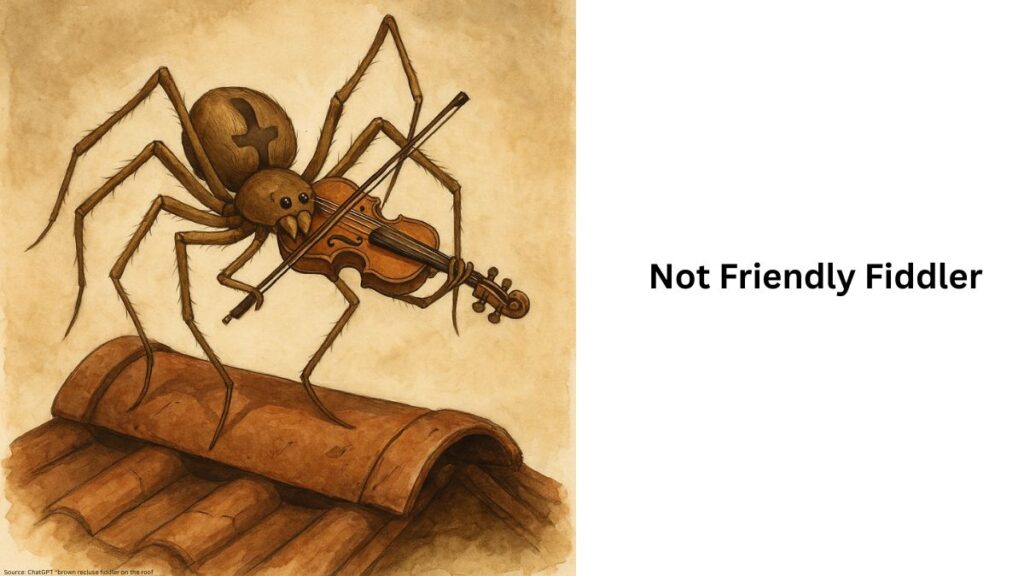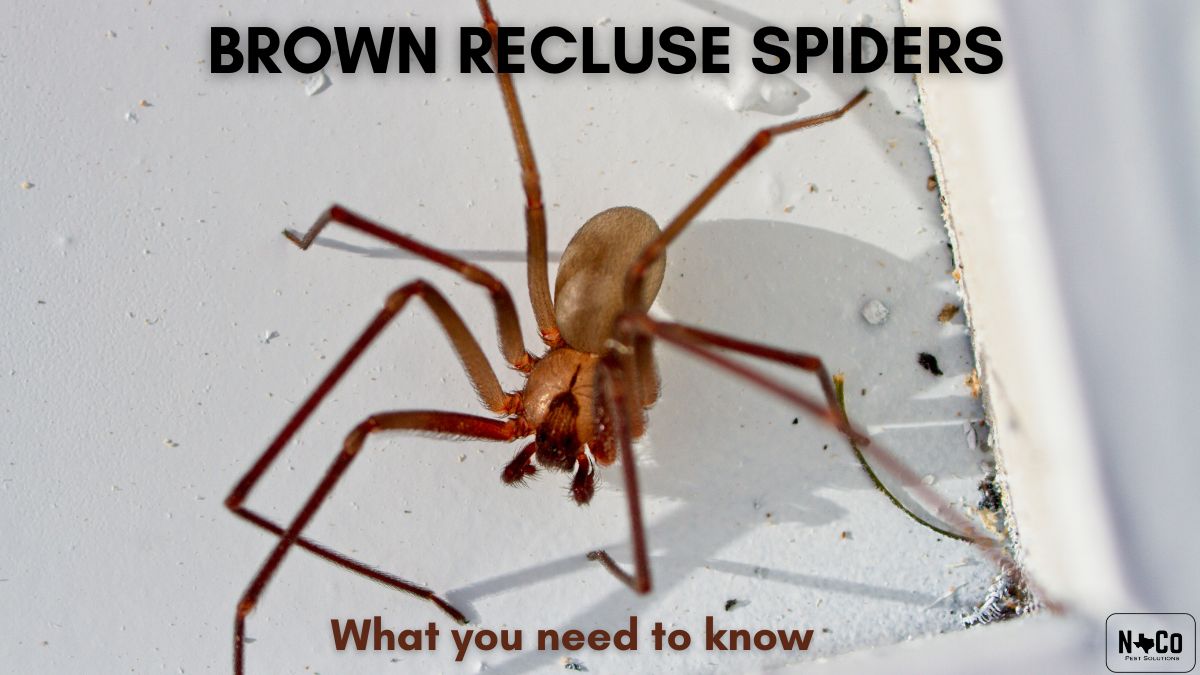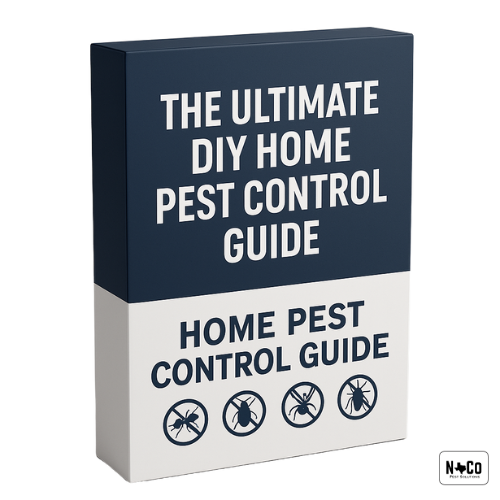The brown recluse spider (Loxosceles reclusa) is a venomous spider that prefers dark, woody environments—places where it can hunt undisturbed during the night. Found primarily in the Southern and Midwestern United States, this spider presents a significant risk to homeowners, especially families with pets, children, or elderly individuals.
Understanding where they hide, how to identify them, and how to prevent them from nesting is crucial. In this guide, we’ll walk through everything you need to know about brown recluse spiders—from identification and behavior to bite risks, prevention, and when to call in the pros.
Identifying the Brown Recluse
Physical Characteristics
-
Light to dark brown color
-
Roughly the size of a quarter
-
Distinctive violin-shaped marking on its back (pro tip: this isn’t a spider trying out for the symphony—this one plays pain, not music)
If you spot a spider with a violin on its back, it’s not Fiddler on the Roof—it’s more like Fiddler in Your Shoe. And it’s ready to fiddle with your armpit, hand, or wherever it’s hiding.

Habitat Preferences
Indoors:
-
Attics
-
Basements
-
Closets
-
Undisturbed storage spaces
Outdoors:
-
Woodpiles
-
Sheds
-
Yard debris
Behavioral Traits
-
Nocturnal
-
Reclusive (the introverts of the spider world)
-
Not aggressive—but they will bite if provoked
Risks of Brown Recluse Spider Bites
Symptoms of a Bite
-
Mild pain at first
-
Redness and blistering
-
Potential for necrotic lesions in more severe cases
What to Do
Look—we’re pest control, not medics. But if you’ve been bitten by a venomous spider, we highly recommend doing the logical thing: seek immediate medical attention. Don’t walk it off. Don’t Google it. Get help.
Preventative Measures
Home Maintenance
-
Seal cracks and crevices in walls and foundations
-
Install door sweeps and repair broken screens
Decluttering
You don’t need spring to start decluttering. Happy people clean often—and nothing scares a brown recluse more than a happy human with a broom.
-
Regularly clean storage areas
-
Avoid leaving shoes, clothes, or boxes untouched on the floor
Environmental Controls
-
Reduce outdoor lighting (which attracts bugs… which attract spiders)
-
Maintain trimmed vegetation
-
Organize or remove woodpiles and yard waste
The fewer insects around, the fewer meals brown recluses can enjoy. Cut off the buffet, and you cut off the guests.
Control and Extermination Strategies
DIY Non-Chemical Methods
-
Sticky traps in corners or undisturbed areas
-
Diatomaceous earth in wall voids and baseboard cracks
DIY Chemical Treatments
-
Residual insecticides containing bifenthrin or deltamethrin
Note: Read the label, follow safety precautions, and don’t use more than recommended. This isn’t “more equals better”—this is chemistry.
When in Doubt, Call the Experts
Let’s be honest. If the idea of spiders makes your skin crawl—or your attempts aren’t working—call No Contract Pest Solutions.
We’ll build a literal (and figurative) moat around your castle, protect your peace, and send those recluses back into recluse mode.
When to Call a Professional
-
You’re overwhelmed or unsure
-
You or a loved one has been bitten
-
You’re worried about pets or children
-
DIY methods haven’t worked
-
You’re arachnophobic and just reading this article stressed you out
Conclusion
Brown recluse spiders may be loners, but they’re not harmless. They’ll bite when disturbed—and their bite can be nasty. Prevention is the best approach: keep your home decluttered, reduce hiding spots, and treat key areas regularly.
If you’re already seeing them—or just want peace of mind—No Contract Pest Solutions has your back. Give us a call, and we’ll take care of the rest.




